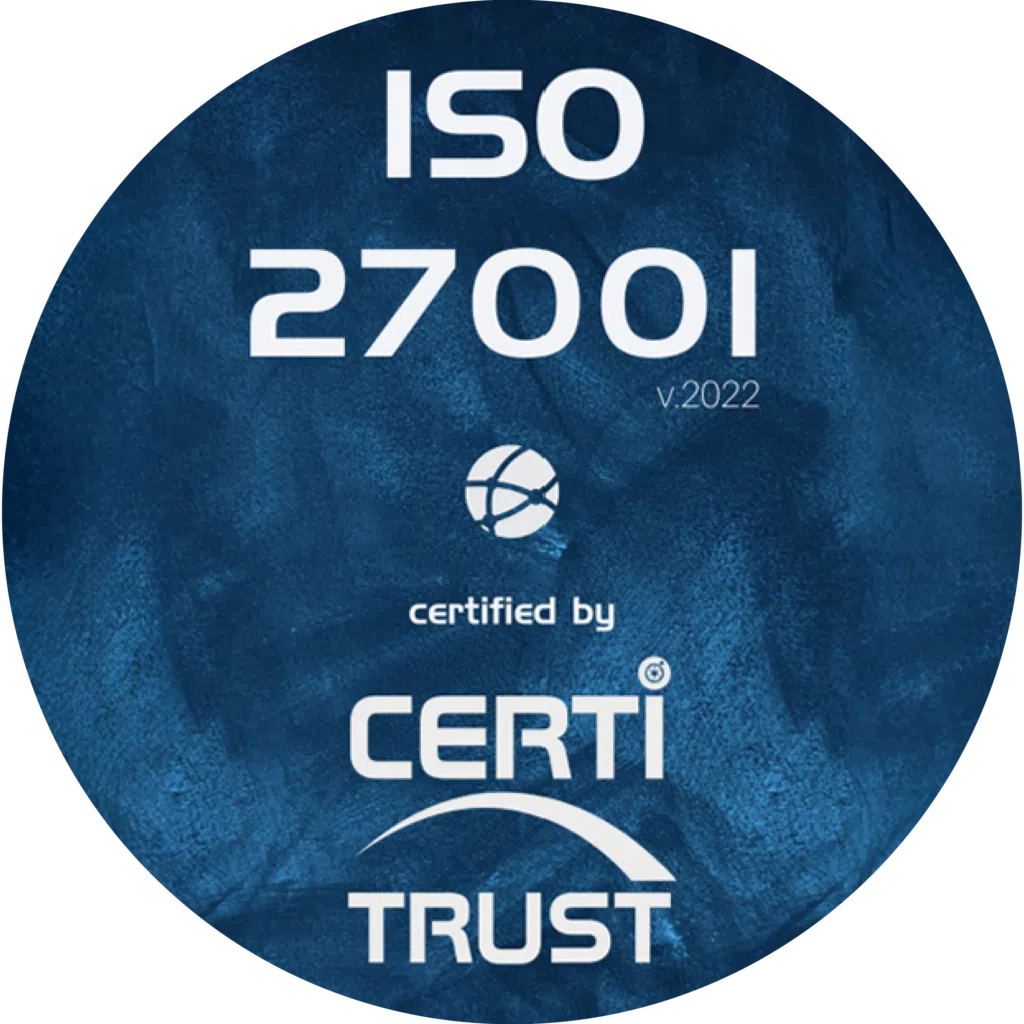The purchasing process can be complex, but if properly optimised, it can be a source of tremendous savings. A Procure to Pay solution involvesoptimising the purchasing process, from the purchase requisition to the payment of supplier invoices. In this article, we’re going to take a step-by-step look at the purchasing process, with a view to getting your company’s spending under control.
The principles of Procure to Pay
This is the management process that covers the end-to-end stages from defining requirements to paying the supplier. This includes :
- Creating a purchase request for a product or service
- Identifying and selecting suitable suppliers
- Approval of purchase requisitions within a validation circuit
- Creating and placing the supplier order
- Receipt of goods or services by the company
- Management of supplier invoices
- Electronic catalogues
- Payment
The process may look simple on paper, but each stage can be problematic and time-consuming for end users.
Traditionally, the process was all about cost savings. Purchasing teams would prioritise the cheapest suppliers to make immediate savings. Today, companies appreciate and rely on the benefits of digital transformation. For purchasing teams, using digital tools means they can evaluate the purchasing process at every stage. They can then rationalise and optimise them to create value and leverage performance.


The various obstacles to Procure to Pay
For many companies, complete digital transformation is difficult to integrate, particularly for organisations with long-standing traditions and a conservative corporate culture. For others, making the “digital leap” is seen as desirable, but too costly or too complex to implement. It is precisely for these reasons that the digitalisation of purchasing processes makes sense. In fact, the investment involved should be seen as a lever for growth. But to do this, teams also need to develop effective strategies for overcoming the obstacles in their way.
In today’s fast-paced digital economy, eliminating delays in the purchasing process is not only a good idea, it’s essential if you are to remain competitive and safeguard your bottom line. Some companies maintain manual processes and split supplier management into separate teams. They compartmentalise the data used by each team. Yet isolated teams are less effective when you want to create value, not savings. True optimisation is impossible as long as upstream processes are separated from downstream ones.
The different advantages of Procure to pay
You can overcome the obstacles that your purchasing department may encounter by optimising the process with purchasing management software. In fact, it’s important to understand all the benefits it offers. Firstly, it facilitates the day-to-day activities of not only your staff, but also your business managers, which strengthens your arguments for management support. What’s more, it generates enthusiasm and uniformity throughout your organisation once you’ve decided to apply it.
With this concept, your purchasing processes will be more efficient, faster and more accurate. Its automation eliminates the need for human control of high-volume, repetitive tasks. It also eliminates the risk of human error and improves speed. Software robots don’t need breaks or sleep. They can process at speeds higher than human capacity, while maintaining the same precision. What’s more, you’ll have better control over expenditure and greater visibility over cash flow. Its application also improves the traceability of non-contractual expenditure, making your supplier commitments more reliable.
Implementing Procure to Pay for your business
Before you can optimise your purchasing, you first need to carry out an audit of your purchasing and payment processes to determine important information about where you stand. You need to know the average processing costs and cycle times for purchasing and supplier invoice processing. Also determine the percentage of paper invoices received and the percentage of suppliers who support electronic invoicing.
The same applies to the total number of exceptions due to errors, duplicate transactions or unauthorised purchases. Identify established workflows and internal controls that need to be improved. Then focus on the areas most in need of improvement. Then, to automate everything, remove as much human intervention as possible when it’s assigned to low added-value administrative tasks. This creates value, and for your team, it’s a way ofapplying human ingenuity and skills to strategic pursuits. Finally, you can measure, monitor and adjust process efficiency.
Optimising your purchasing process is an excellent investment. It delivers your company’s current and futurecompetitive advantage, profitability and growth. Weproc can help you evaluate, optimise and fine-tune your purchasing process for greater profitability. This leads you to make significant progress towards a complete digital transformation.
Want to learn more about our Weproc procurement management software?
Contact us or request your 15-minute demo below!








